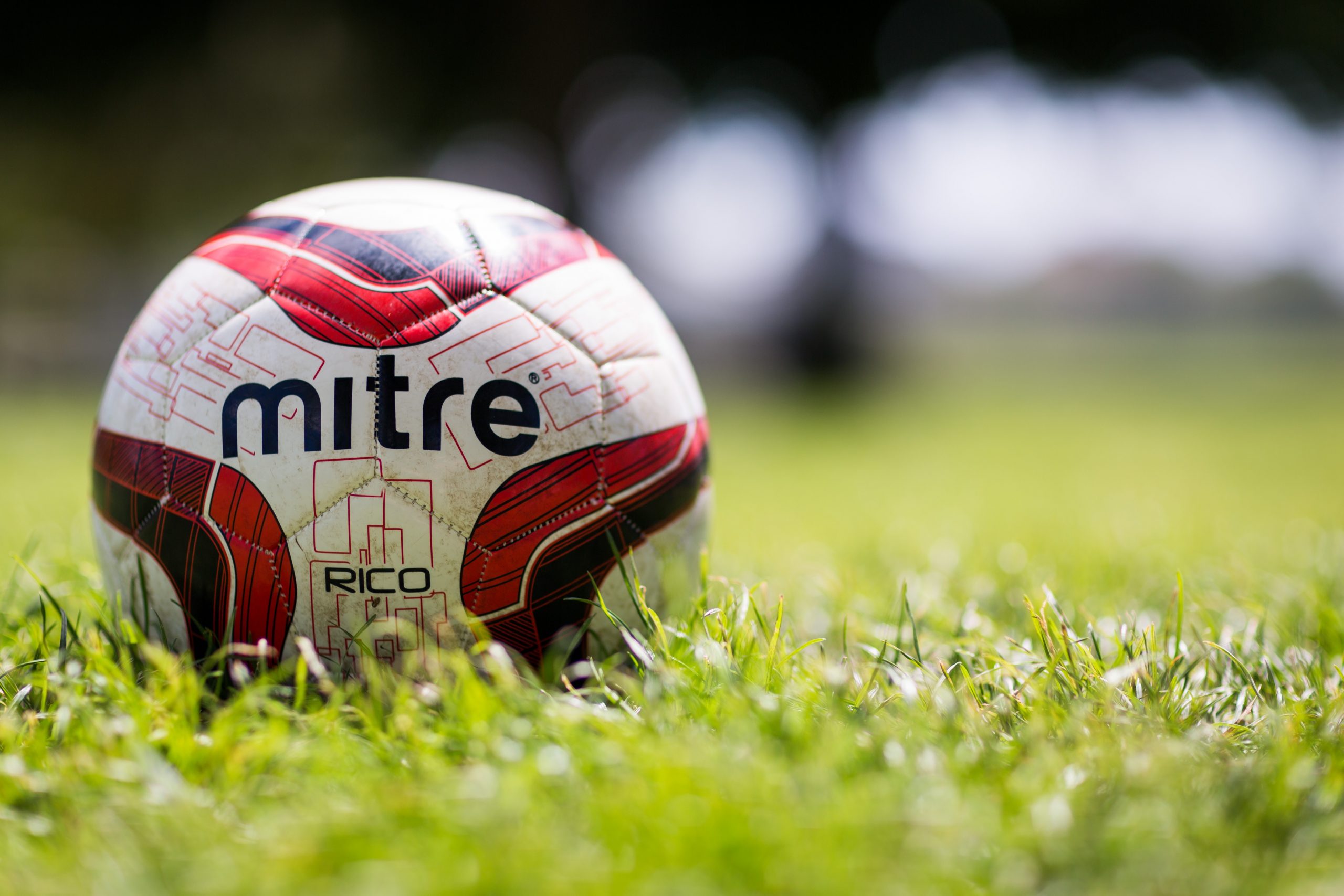The game’s origins may be traced back over 2000 years, and it is now known as rugby worldwide. The Romans played a ball game called harpastum, derived from the Greek word “seize,” with the suggestion that the ball was carried or handled by someone.
Documents from medieval England show young men leaving work early to compete in football games for their village or town. In Tudor times, laws were created prohibiting the “devilish pleasure” of football because too many injuries and deaths severely diminished the available workforce. This is how the participants of this heinous pastime are registered… “The players are young guys between 18 and 30, married and single, and many veterans who still like the sport are occasionally spotted amid the combat…” Some could argue that this description is just as relevant today as it was all those years ago.
Shrove Tuesday became the regular date for such disputes. According to archives, the rules varied from one location to the next, from Derbyshire to Dorset to Scotland. The games were frequently played on an ill-defined pitch, with the ball being kicked, carried, and pushed through town and village streets, passing through fields, hedges, and streams.
The origins of rugby may be traced back to a school for young gentlemen in the Midlands of England that, in 1749, outgrew its confined confines in the town center and relocated to a new site on the outskirts of Rugby, Warwickshire. “Every accommodation that may be desired for the exercise of young gentlemen” was available at the recent Rugby School site. The Close was the name given to this eight-acre area.
Between 1749 and 1823, the football game was played on the Close with minimal rules: touchlines were added, and the ball may be caught and handled, but sprinting with the ball in hand was not permitted. Kicking was the most common method of moving toward the opposition’s goal. The games may last up to five days and include up to 200 youngsters. For amusement, 40 seniors may take on two hundred younger students, with the seniors having prepared for the event by having unusually thick soles fitted on their boots, beveled at the front to better slice into the enemy’s shins!
The face of the game changed in the autumn of 1823 during a contest on the Close, and it is still recognized today. “With a splendid disdain for the laws of the game as played in his time, William Webb Ellis first seized the ball in his arms and ran with it, thus establishing the distinguishing feature of the Rugby game,” according to a local historian. According to the rules of the time, Ellis appeared to have caught the ball and should have stepped back to allow himself ample area to either punt the ball up the field or put it for a goal kick. Because they could only move to the spot where the ball was caught, he would have been safe from the opposing team. Ellis had caught the ball and, instead of retiring, had raced forward, ball in hand, towards the opposing goal, breaking the regulation. A risky maneuver that would not be codified until 1841 in the rapidly evolving rule book.
As the Rugby School boys progressed upwards, the game’s rules and fame spread fast, first to the universities of Oxford and Cambridge. In 1872, the first university match was held. Graduating teachers applied the game to other English, Welsh, and Scottish schools and abroad postings for the Old Rugbeians. The latter had progressed through the army officer class and aided the game’s international growth. In 1871, Raeburn Place in Edinburgh, Scotland, faced England in the first International match.
The young gentlemen who constituted the backbone of the Rugby Schools First XX in 1864 are depicted in the photograph below. The skull and crossbones badge on the front of their uniform may allude to the game’s gentle nature, as the shape of the ball was decided by the pig’s bladder used for the inside.
In the contemporary game, England won the Rugby World Cup for the first time in 2003, becoming the first side from the northern hemisphere to do so. Below is a current shot of Martin Johnson, the triumphant England captain, signing autographs on the Close at Rugby School in Warwickshire, the birthplace of rugby football.

